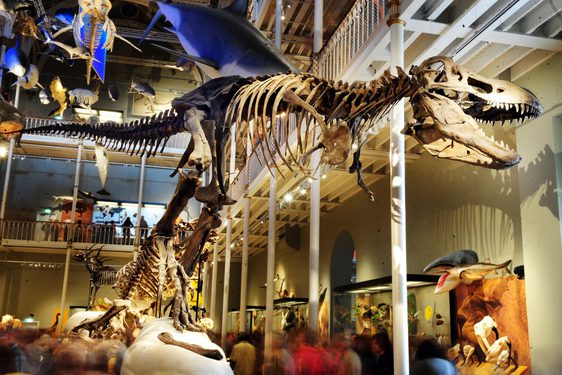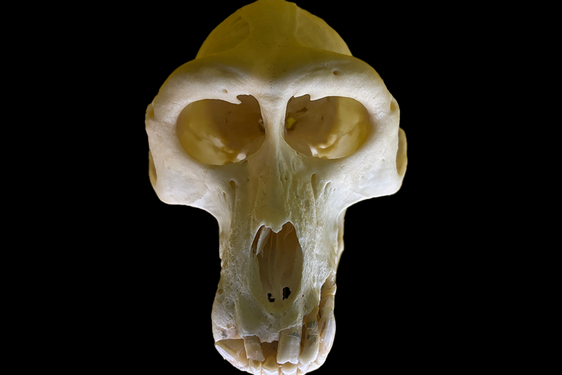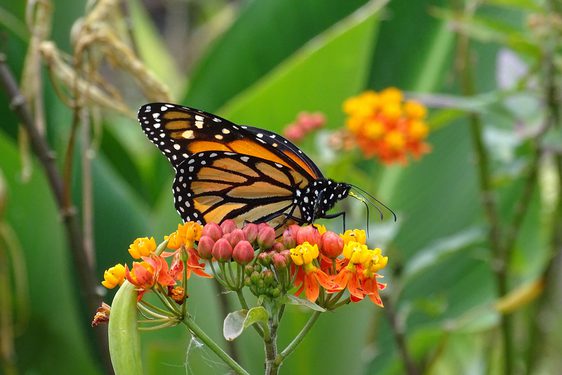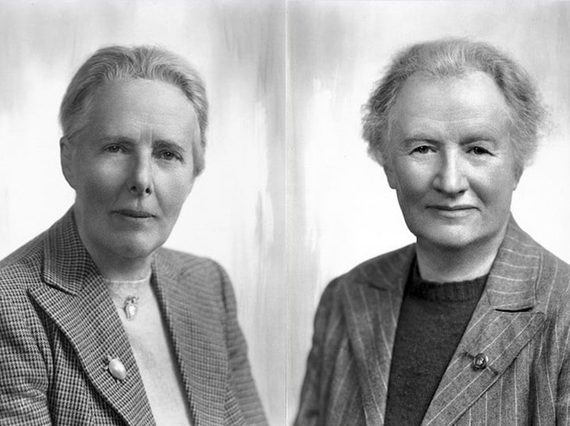
The pioneering women of ornithology
News Story
Known as ‘the good ladies' of bird collecting, Dr Evelyn Baxter (1879–1959) and Leonora Rintoul (1878–1953) were born one year, and just a few miles apart, in Fife. Together they devoted their lives to collecting and studying the birds of Scotland.
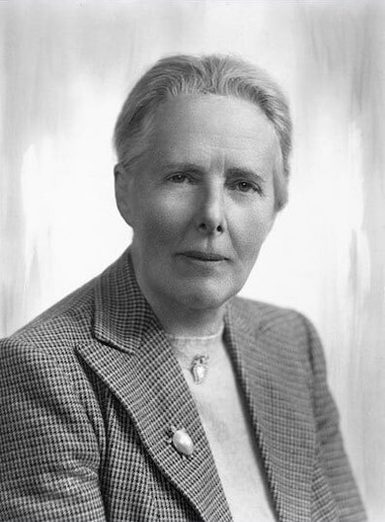

As teenagers, the pair often visited Tentsmuir, in north-east Fife, an area rich in birdlife. Here they met the well-known ornithologist Dr William Eagle Clarke (1853–1938). Clarke would later become the Keeper of the Natural History Department of the Royal Scottish Museum, now the National Museum of Scotland.
In 1905, Clarke began to visit Fair Isle. On this island midway between Orkney and Shetland, he was keen to study migration. This inspired Baxter and Rintoul to take regular trips to the Isle of May to also study migration. In 1918 they published a new theory in the journal of the British Ornithologists' Union (BOU). They proposed that migration routes were affected by the wind. This was a theory that Clarke and others had always rejected.
The theory of 'migrational drift' was later taken up by other ornithologists. Thanks to Baxter and Rintoul, the Isle of May became an important location for bird studies. In 1932 it became home to Scotland's oldest bird observatory.
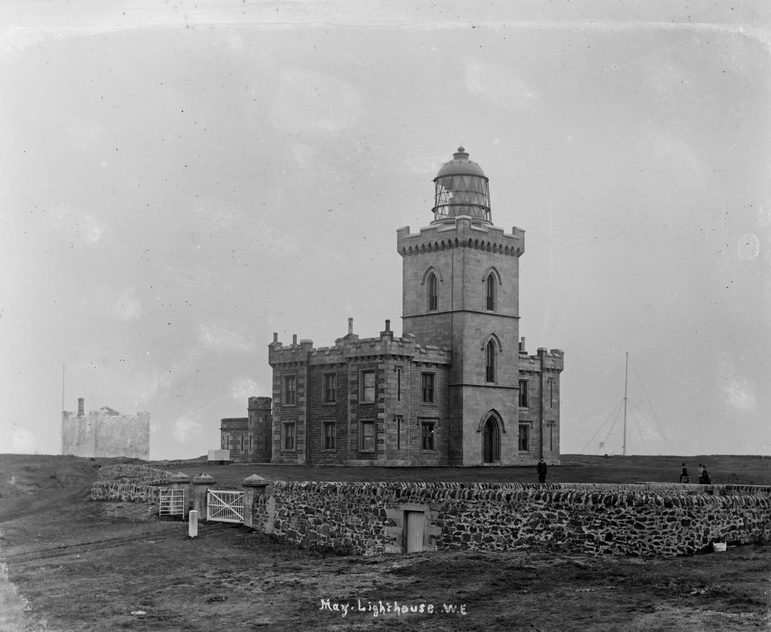
An unusual job for a woman
Bird collecting was an unusual occupation for a woman in the 19th and early 20th centuries. Baxter and Rintoul were in a position to pursue this path as both were wealthy. They owned houses a few hundred yards apart in Largo, Fife, and both employed housekeepers. This meant they could devote all their time to ornithology. And devote themselves they did!
As well as observing birds, Baxter and Rintoul also collected them. Shooting birds to study them might seem outdated to many people today, but at that time it was essential. Collecting birds this way allowed ornithologists to name and classify bird species and subspecies.
Baxter and Rintoul built up a collection of around 1,200 bird skins. They donated these to National Museums Scotland. The collection included first records of some species in the Firth of Forth. The first Pied Wheatear found in Britain was part of the collection, and so was the first Common Nightingale in Scotland.
Oh Evie, do come quick and bring your gun, there's a dear little Piedy Fly on the lighthouse wall.
Attributed to Leonora Rintoul
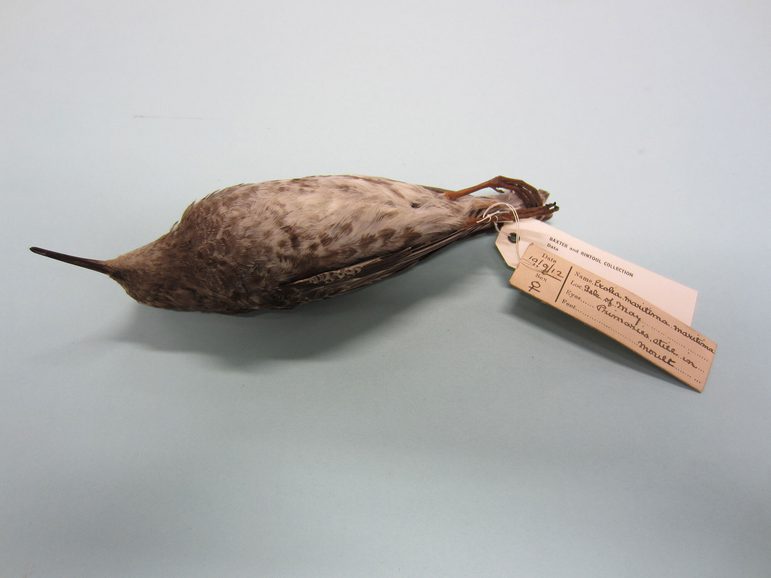
Purple Sandpiper skin collected by Dr Evelyn Baxter and Leonora Rintoul in 1912
Shooting wasn't the only way Baxter and Rintoul collected bird skins. Many birds were salvaged by lighthouse keepers from Scottish lighthouses who sent them to the 'good ladies' for their collection.
The skins they donated are still used today. Alongside other collections, our researchers can conduct comparative studies.
Services to ornithology
In 1911, the pair were elected Honorary Lady Members of the BOU. Later in 1936, they helped found the Scottish Ornithologists' Club (SOC). They both served as joint Presidents until 1948 and Honorary Presidents after that.
In 1949, Baxter became the first female Vice-President of the BOU. A few years later in 1951, both women were elected Fellows of the Royal Society of Edinburgh. They were the only non-graduates honoured at the time.
Baxter and Rintoul continued to publish articles and books on birds and other Scottish fauna throughout their lives. They finished their greatest work, 'The Birds of Scotland, their History, Distribution and Migration', in 1953, just before Rintoul died.
Seven years after Rintoul's death, Baxter was awarded the Union Medal. The award noted 'the great services to ornithology rendered by the Baxter-Rintoul collaboration'.
As their achievements show, Baxter and Rintoul are among Scotland's most important ornithologists. Their work is still as relevant and influential today.
